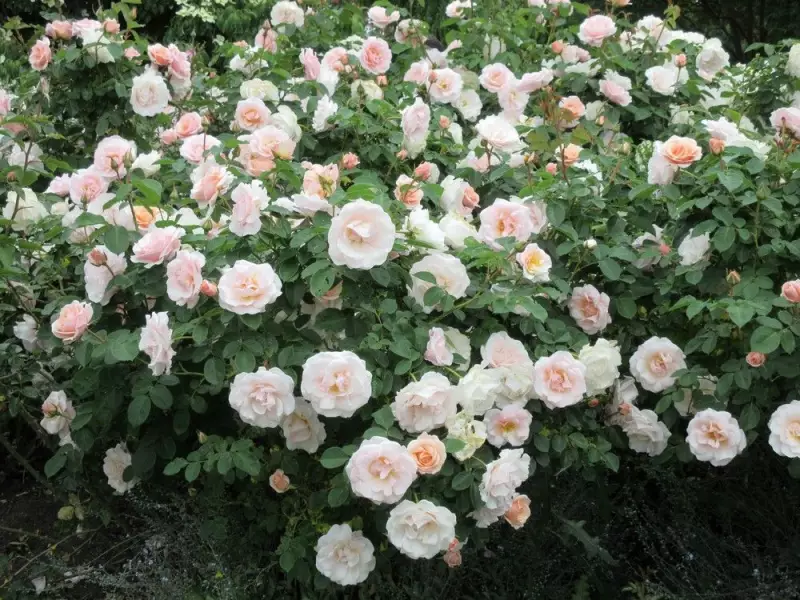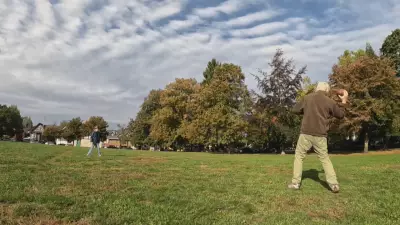
When to Prune Your Roses: A Seasonal Guide for Canadian Gardeners
Many Canadian gardeners find themselves looking at messy, overgrown roses and wondering when is the right time to prune them. The answer isn't as simple as picking a date on the calendar, according to gardening expert Helen Chesnat. The optimal pruning time actually depends entirely on what type of roses you're growing in your garden.
Timing Matters for Different Rose Types
For the common bush roses found in many Canadian gardens, Chesnat recommends waiting until late winter to do the main pruning. The ideal moment comes when growth buds begin to show their first signs of swelling, indicating the plant is preparing for spring growth. During autumn, gardeners should restrict their pruning to shortening only the overlong canes that could potentially whip about and become damaged or broken during winter winds.
The approach changes significantly when dealing with climbing roses. Chesnat explains there are two main types of climbing roses that require different treatment. Ramblers and climbing old roses that flower only once, typically in June, should be pruned immediately after their flowering period ends. This involves removing some of the oldest, thickest canes and shortening the remaining ones just enough to keep the plant within its desired bounds.
Special Care for Repeat-Flowering Climbers
For modern climbing roses that bloom repeatedly throughout the season, Chesnat follows a different routine entirely. I prune my repeat-flowering modern climbers in late autumn, she notes, beginning with the removal of the oldest canes. The remaining canes are then arranged and secured to their support structure in a fan shape, positioned as close to horizontal as possible to encourage the best flowering performance.
After arranging the main canes, side shoots emerging from these primary structures should be shortened to leave just two or three buds. This careful approach ensures the plant maintains an attractive form while maximizing its flowering potential for the coming season.
Additional Winter Rose Care Tips
Chesnat also emphasizes important December maintenance tasks for all rose types. Gardeners should remove all rose leaves still clinging to the plants during this month, as this helps prevent disease carryover into the next growing season. Thorough cleanup under and around the plants is equally important, with plans to apply fresh mulch in spring.
For those growing winter vegetables alongside their roses, Chesnat offers additional advice. Tall plants like kale and cabbage may need staking to prevent wind damage, while discolored foliage should be cleared away. Mulching with fluffy leaves or chopped straw provides valuable insulation. Root vegetables benefit from having their plots cleared of weeds and debris, followed by applying a five-centimeter layer of garden soil to protect carrot, beet, parsnip, and winter radish root tops from frost damage.
Having protective materials like old floating row covers, tarps, or plastic sheets on hand is wise for covering winter vegetables when heavy frosts are predicted. Where possible, piling leaves or straw around plants before covering provides extra insulation against Canada's harsh winter conditions.





